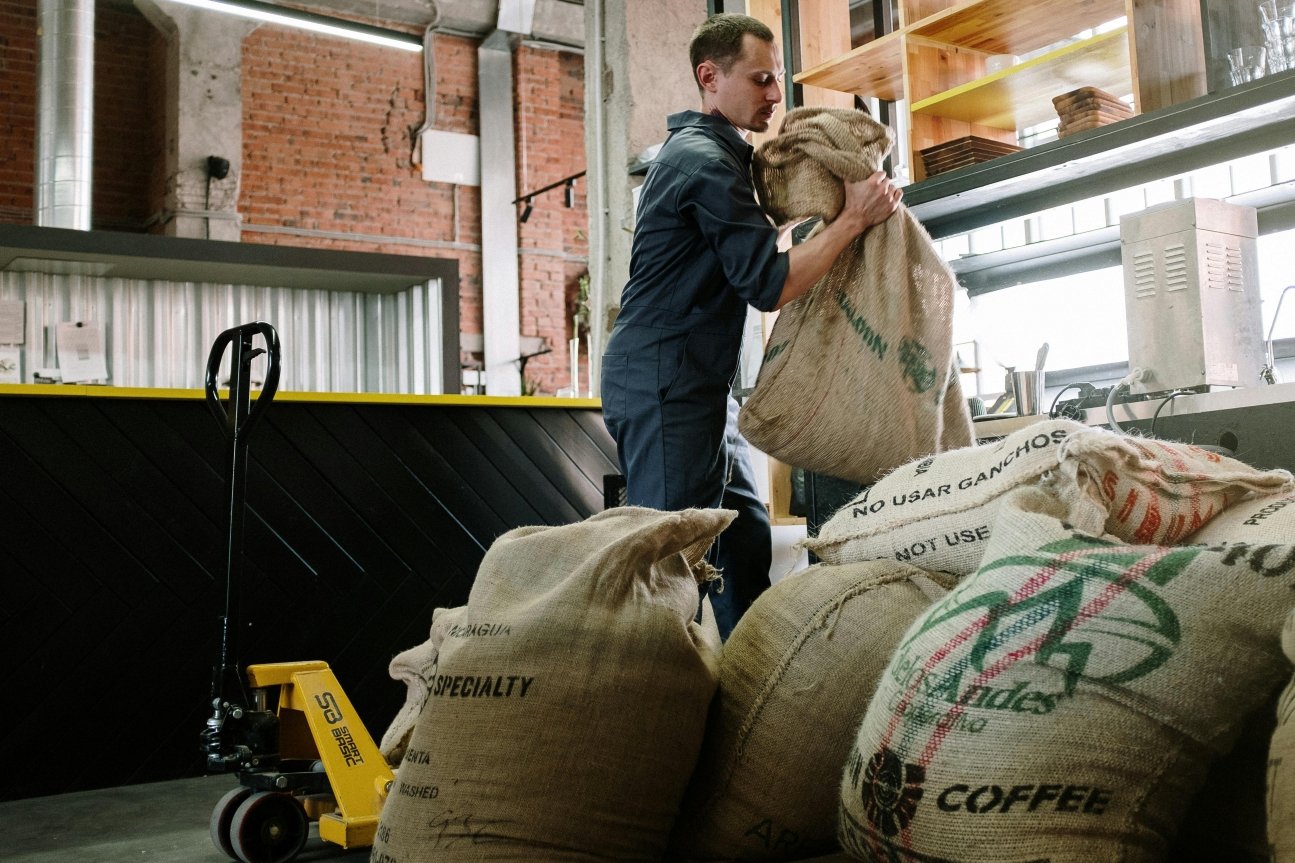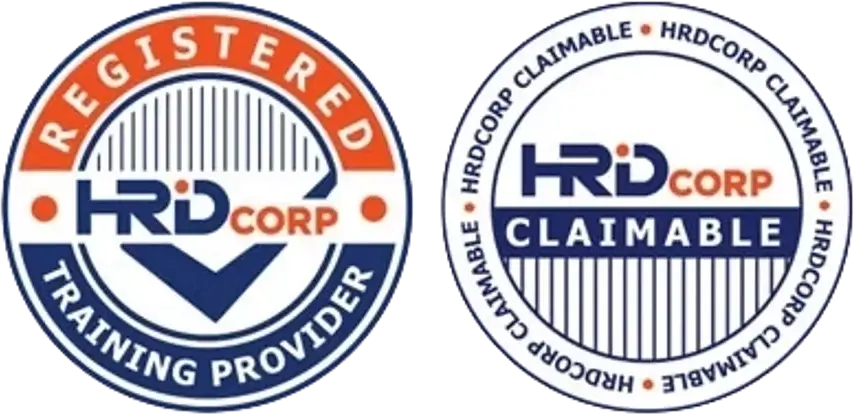Can GMP Be Effectively Implemented Without Digital Systems?
In today’s era of digital transformation, many manufacturers are asking:
“Can we still implement Good Manufacturing Practices (GMP) effectively using manual systems?”
The short answer: Yes—but with limitations.
Digital systems bring speed, traceability, and automation. But many small or medium-sized businesses still rely on paper-based GMP systems, especially in developing regions.
Here’s a closer look at how GMP can work without digital systems, what’s possible, and where the risks lie.

✅ What Can Be Done Without Digital Systems? (Point Form)
1. Documentation & Record-Keeping
-
📝 Use printed logbooks, batch records, and manual forms
-
📂 Keep SOPs, training records, and maintenance logs in physical files
-
📋 Maintain version control using document approval stamps
-
🕵️♂️ Use manual review processes for document verification
2. Training & Competency Checks
-
🧑🏫 Conduct in-person training and track attendance manually
-
🧪 Use quizzes or hands-on tests with printed answer sheets
-
📚 Store training matrices and certificates in physical folders
3. Hygiene & Sanitation Protocols
-
🧼 Use printed sanitation checklists for cleaning staff
-
✅ Conduct routine supervisor sign-offs after cleaning
-
🧽 Keep separate cleaning SOPs for equipment and facilities
4. Pest Control & Maintenance
-
🐭 Use printed logs for pest sightings and bait station monitoring
-
🛠️ Record preventive maintenance activities in logbooks
-
📆 Schedule and monitor via wall calendars or whiteboards
5. Batch Traceability
-
📦 Use handwritten batch records and serial numbers
-
🧾 Maintain product release logs and supplier documents in binders
-
🔁 Implement manual FIFO or lot rotation controls
6. Internal Audits & Inspections
-
📑 Use printed audit checklists and findings templates
-
🖊️ Document observations, CAPAs, and follow-ups in report forms
-
📍 File nonconformance records with related photos or sketches
⚠️ Limitations of a Fully Manual GMP System
❗ Increased Risk of Human Error
-
Missed data entries, illegible handwriting, wrong batch numbers
❗ Delayed Decision-Making
-
Slow data retrieval = delayed corrective actions or releases
❗ Difficult to Scale
-
As operations grow, paper-based systems become harder to manage
❗ Poor Data Integrity
-
Risk of lost records, unauthorized edits, or missing signatures
❗ Regulatory Gaps
-
Auditors may question the reliability or traceability of paper-only systems
💡 When Is Manual Still Acceptable?
-
✅ Small-scale operations with low product complexity
-
✅ Startups and traditional industries with limited budgets
-
✅ Remote or rural setups with limited internet/digital infrastructure
-
✅ As a starting phase before gradual digital adoption
🧠 Tips to Strengthen Manual GMP Systems
-
🔍 Implement strict review and verification of records
-
📆 Use clear logs with date/time, initials, and checklist formats
-
🧾 Keep duplicates or backups of critical GMP records
-
🗂️ Organize documents in clearly labeled folders and binders
-
🧑🏫 Train staff to understand the why behind each record, not just the how
🧭 Digital Transition: When & Why?
Eventually, many companies transition to digital GMP systems (ERP, LIMS, eQMS) to:
-
🌐 Enhance data integrity
-
⏱️ Improve real-time monitoring
-
📉 Reduce manual errors
-
📈 Meet modern audit expectations
-
🌍 Stay competitive in global markets

🏁 Conclusion: Manual Is Feasible — But Not Futureproof
Yes, GMP can be implemented without digital systems, especially for small businesses or in early stages.
But for long-term efficiency, digitalization is key to improving traceability, compliance, and scalability.
📞 Need help setting up a manual GMP system or planning a step-by-step digital transition?
CAYS Scientific supports manufacturers in achieving GMP compliance—whether you’re going manual, hybrid, or fully digital.
👉 Contact us to book your personalized compliance assessment today.


